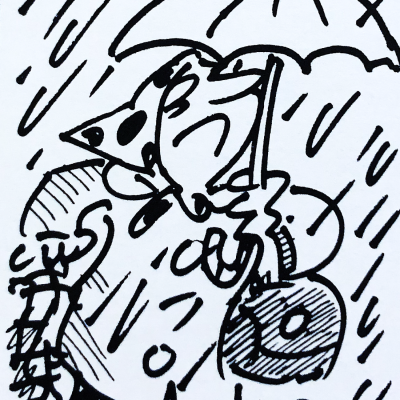LingoLit: A Linguist’s Quarantine Reading Guide
Blogger’s note:
I originally wrote this blog entry with the intention of asking the editors of Lingoblog to release it shortly before the summer holidays. However, since then another situation has arisen, which to an even higher degree seems to leave people needing something good to read, so I’ve decided instead to submit this entry now, as a guide to quarantine rather than summer reading. I urge you to consider it a bit of tragic irony when I refer to the holidays below, rather than to the current situation.
The libraries here in Denmark may be closed, but there’s still audio- and e-books as well as online bookstores that are accessible without venturing into the public and risking contamination. I … ↪




